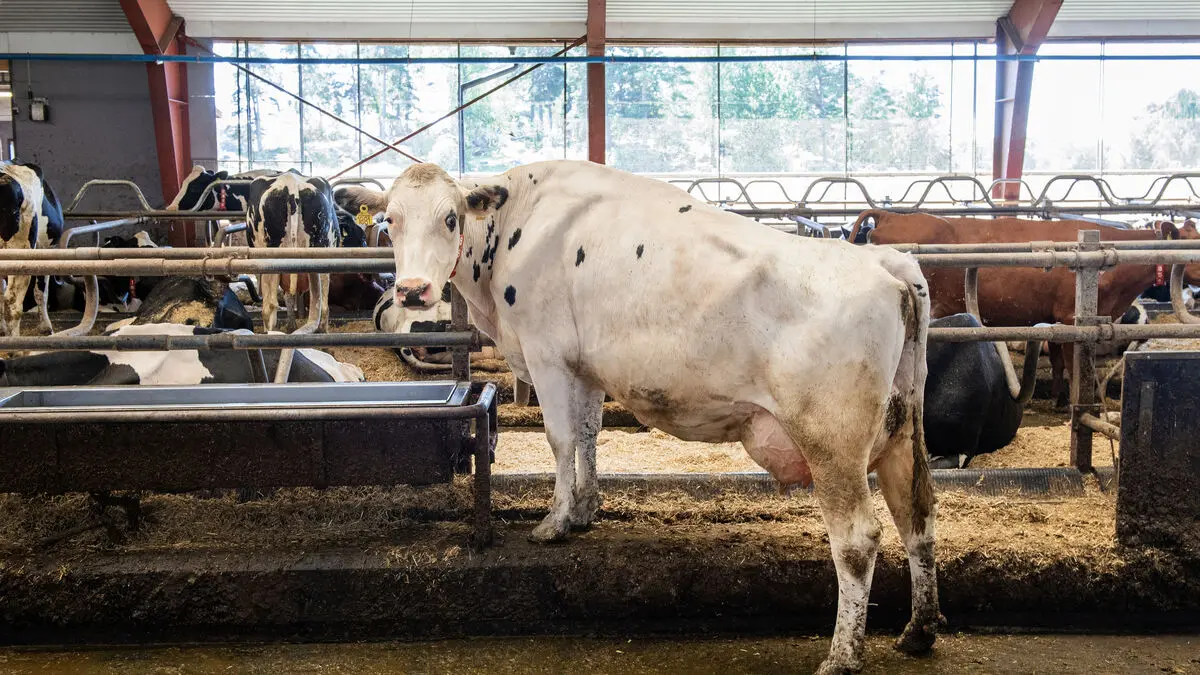Last year, emissions within Sweden's borders totaled approximately 47.5 million tons of carbon dioxide equivalents – an increase of just over 3 million tons compared to 2023.
The increase – which is the largest since 2010 – is mainly due to increased use of fossil diesel in road traffic and work machines. For road traffic, emissions increased by 24 percent and for work machines by 32 percent, compared to 2023.
It's the first time it's increased in a long time. It's down to about the same emission figures as we had in 2018, says Roger Sedin, head of the Climate Goal Unit at the Environmental Protection Agency.
Emissions also increased in the electricity and district heating sector, by 5 percent, while they decreased slightly in other sectors. The industry accounted for the largest decrease of 5 percent. Compared to 1990, however, emissions have decreased by 33 percent overall.
Reduced reduction obligation
Last year's increase was mainly due to the government's reduction of the reduction obligation in January 2024, which has primarily resulted in a lower proportion of biofuels in diesel for road vehicles and work machines.
The increase is partly expected. It was mainly due to the decrease in biofuels during 2024 and also the reduction of taxes on fuels. Then it became a little bigger than we thought, especially when it comes to the transport sector and work machines, says Roger Sedin.
More difficult to achieve goals
In August, the government increased the reduction obligation again, so it remains to be seen if 2024 will be a setback in the emission curve. However, it is clear that last year's increase is larger than what was assessed in the basis for the government's climate report and that it will be difficult for Sweden to achieve the climate goals with the current policy instruments, according to the Environmental Protection Agency.
The consequences are that it will be more difficult to achieve our commitments and our climate goals within the EU. Then, of course, it's never good that emissions increase. We also see a slightly slower pace of transformation in the transport sector. It's up to politics to look at that, says Roger Sedin.





